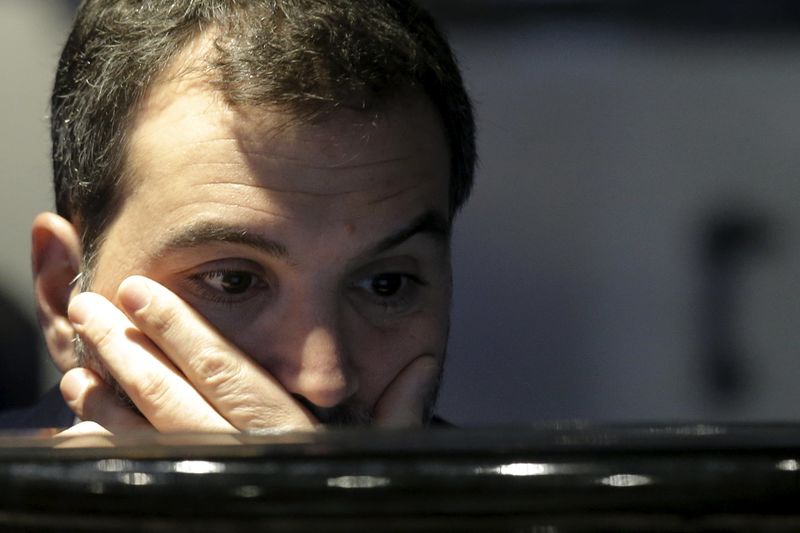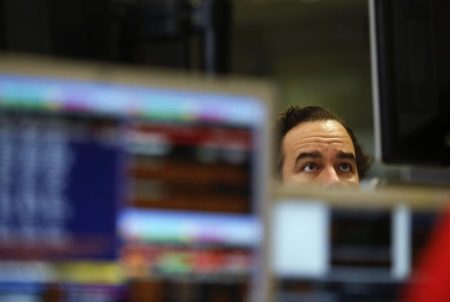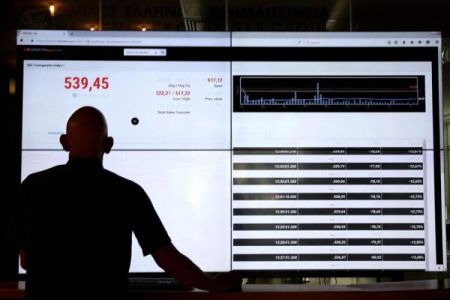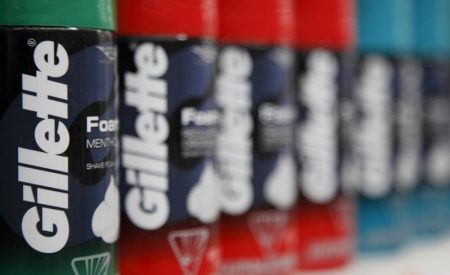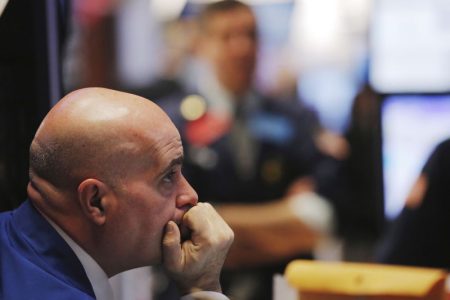© Reuters. A pedestrian walks past a closed Ross store, as the spread of the coronavirus disease (COVID-19) continues, in Washington, U.S., April 30, 2020. REUTERS/Leah Millis/File Photo
(Reuters) – Ross Stores (NASDAQ:) raised its annual earnings forecast after topping third-quarter sales and profit expectations on Thursday, helped by robust demand at its discount outlets and easing freight costs, sending its shares up 5.5% after the bell.
Discount stores have benefited from resilient demand from consumers trying to stretch their household budgets by looking for bargains on everyday items amid persisting inflationary pressures.
Lower ocean freight costs drove the company’s merchandise margin up by 235 basis points over the year earlier.
“We remain confident in the resilience of the off-price sector… especially given consumers’ heightened focus on value and convenience,” said Ross CEO Barbara Rentler.
It expects annual earnings per share to be between $5.30 and $5.36, compared with $5.15 to $5.26 projected earlier.
TJ Maxx parent TJX (NYSE:) Cos, a rival of Ross, also raised its annual sales and profit expectations on Wednesday, betting on strong demand at discount stores.
Ross said in a post-earnings call that cosmetic, accessories and shoes continued to be in strong demand, and it had expanded some of its products in gifting categories as the crucial holiday shopping season gets underway.
The California-based company, however, tightened its holiday-quarter profit per share forecast and maintained same-store sales growth target for the period.
“We expect it to be a very promotional retail environment and now you have geopolitics into the mix… we think it’s prudent to remain very conservative in running the business in the fourth quarter,” said Ross COO Michael Hartshorn.
The company expects current-quarter profit per share to be between $1.56 and $1.62, versus its previous forecast range of $1.58 to $1.64.
Ross reported profit per share of $1.33 in the third quarter, compared with LSEG estimates of $1.22.
Its quarterly sales of $4.92 billion for the period ended Oct. 28, topped market expectations of $4.85 billion.
Read the full article here





